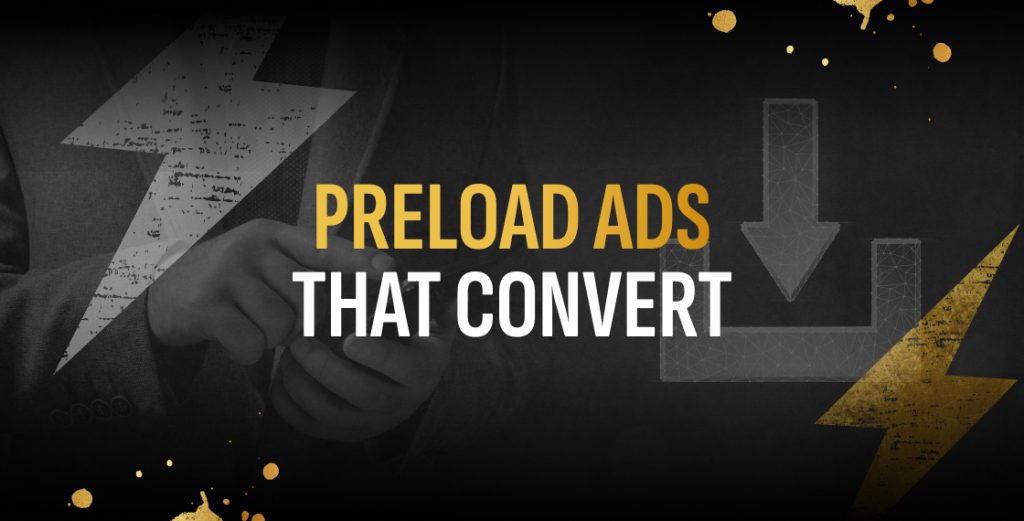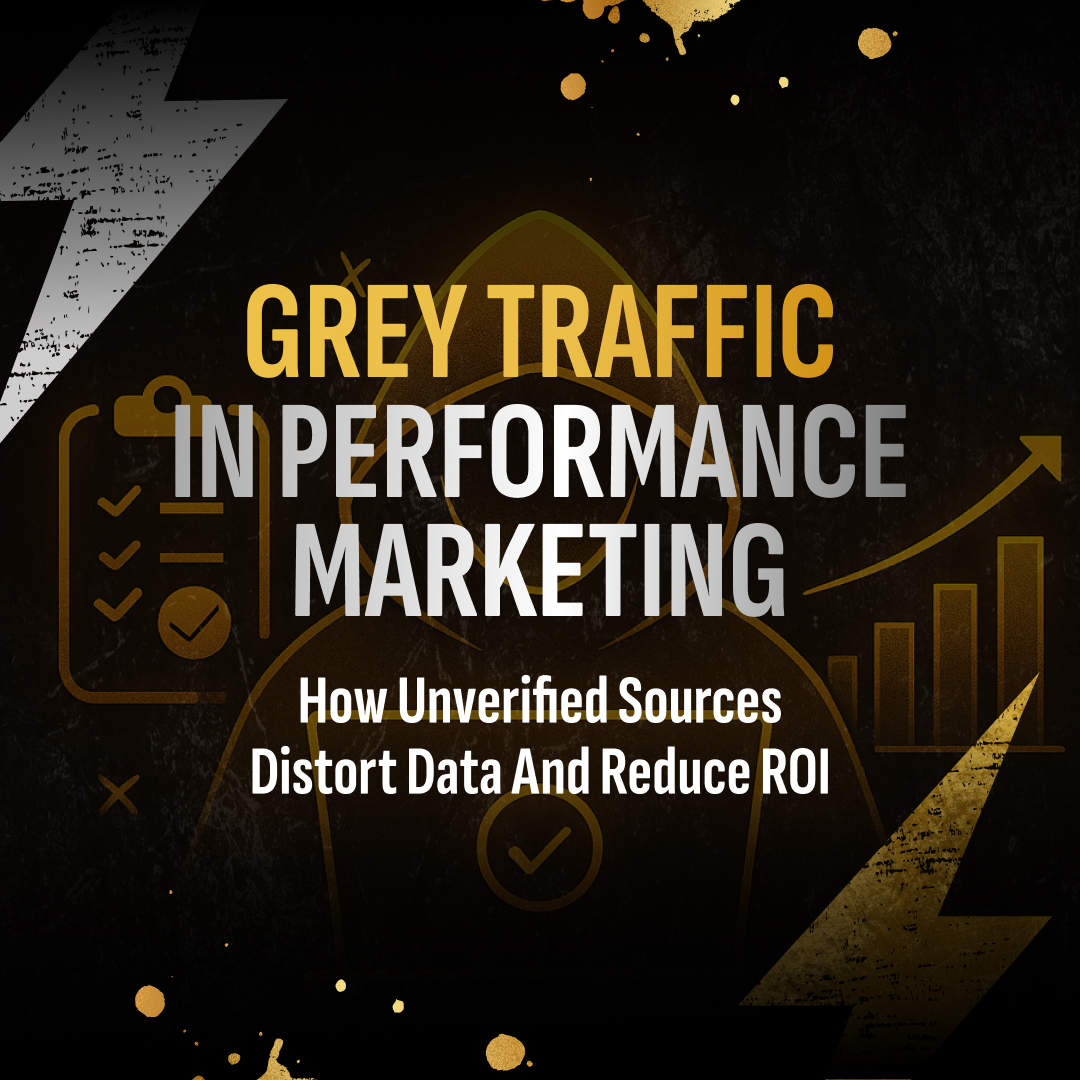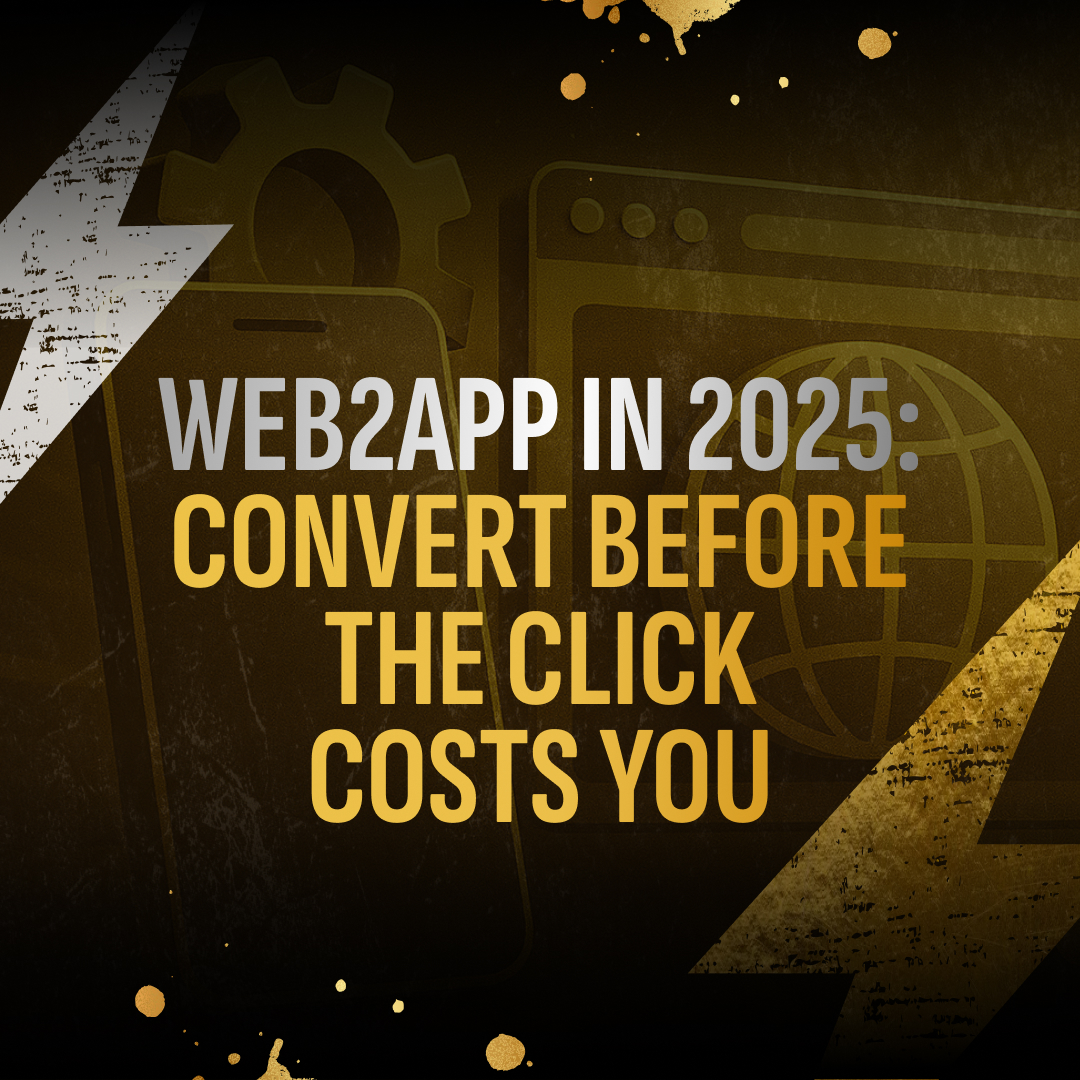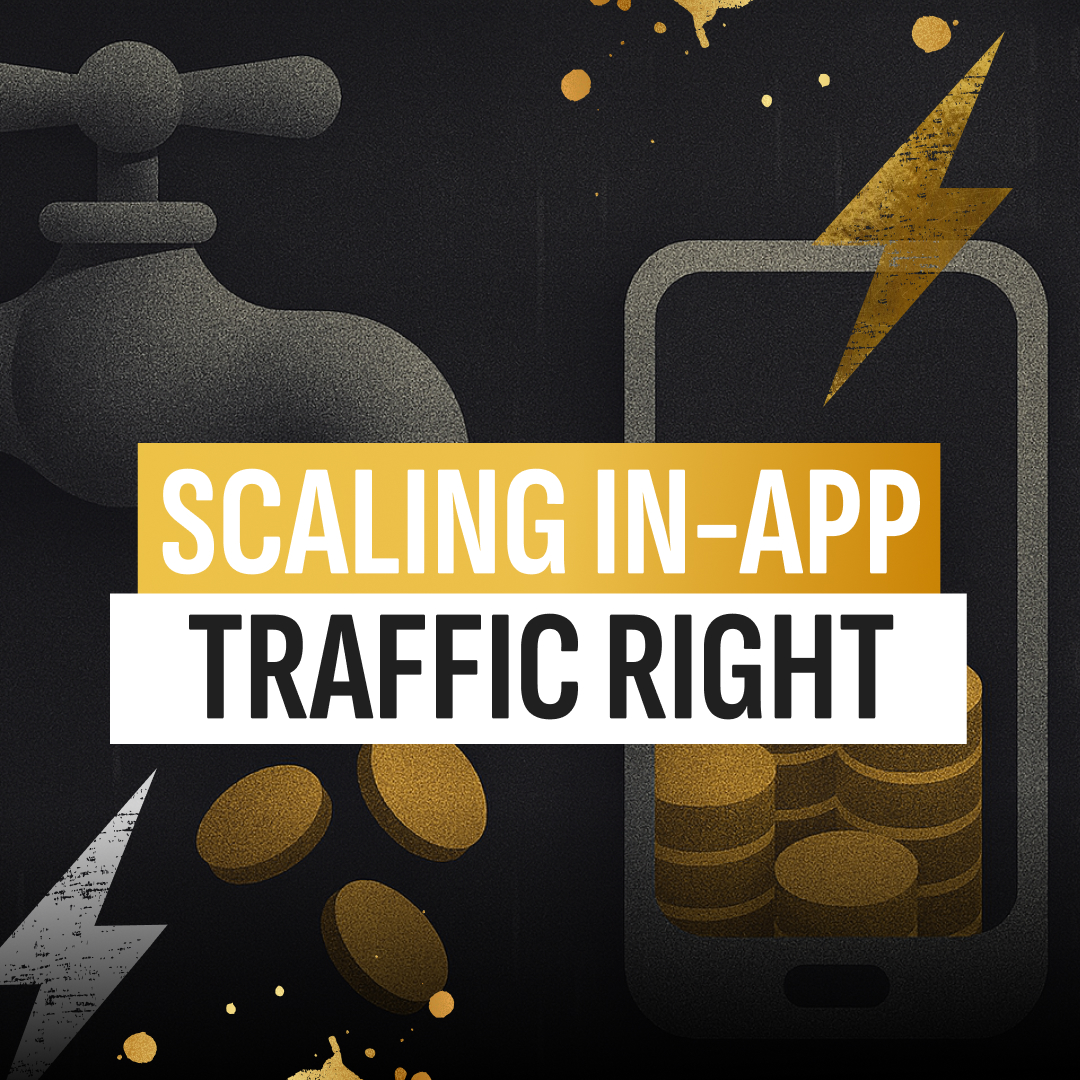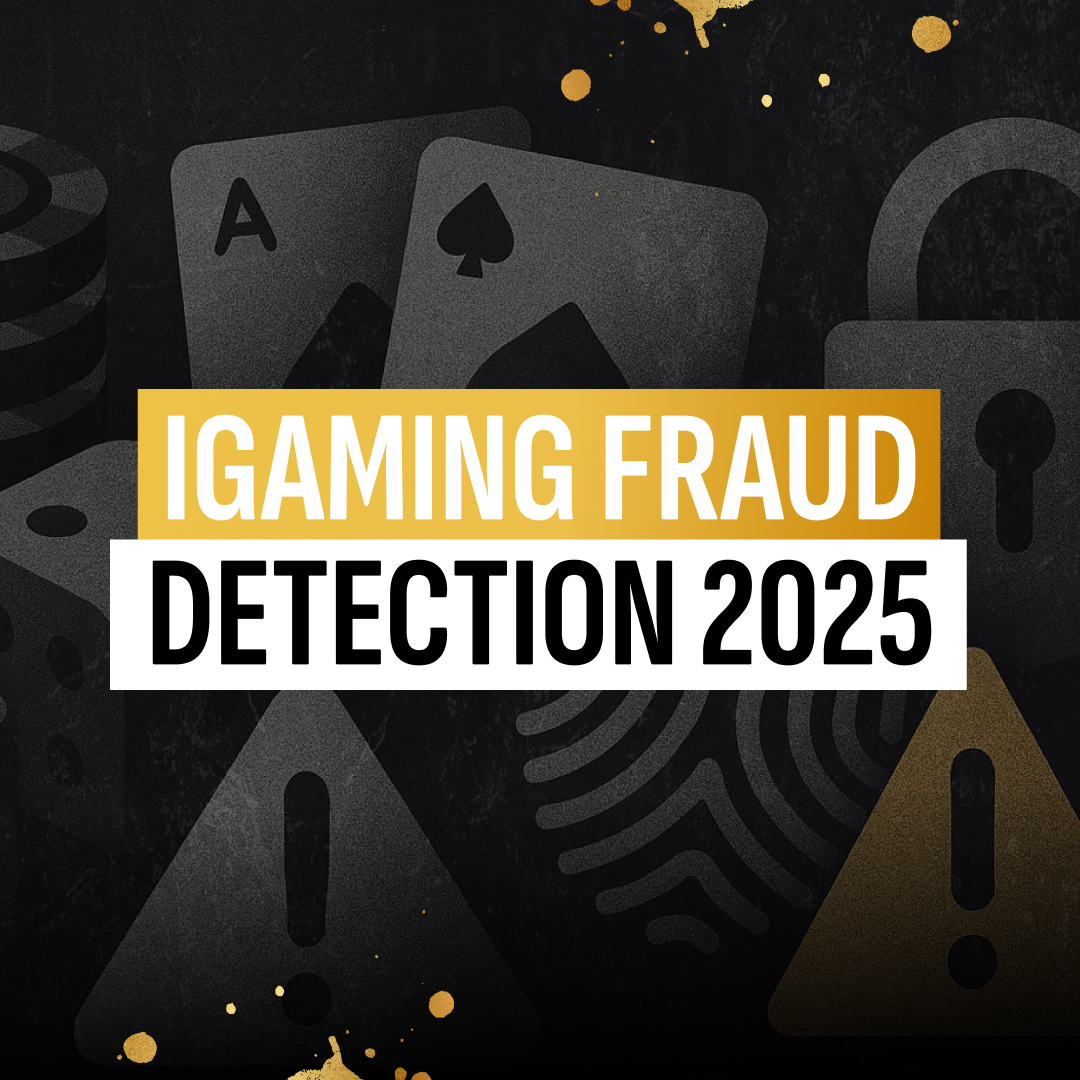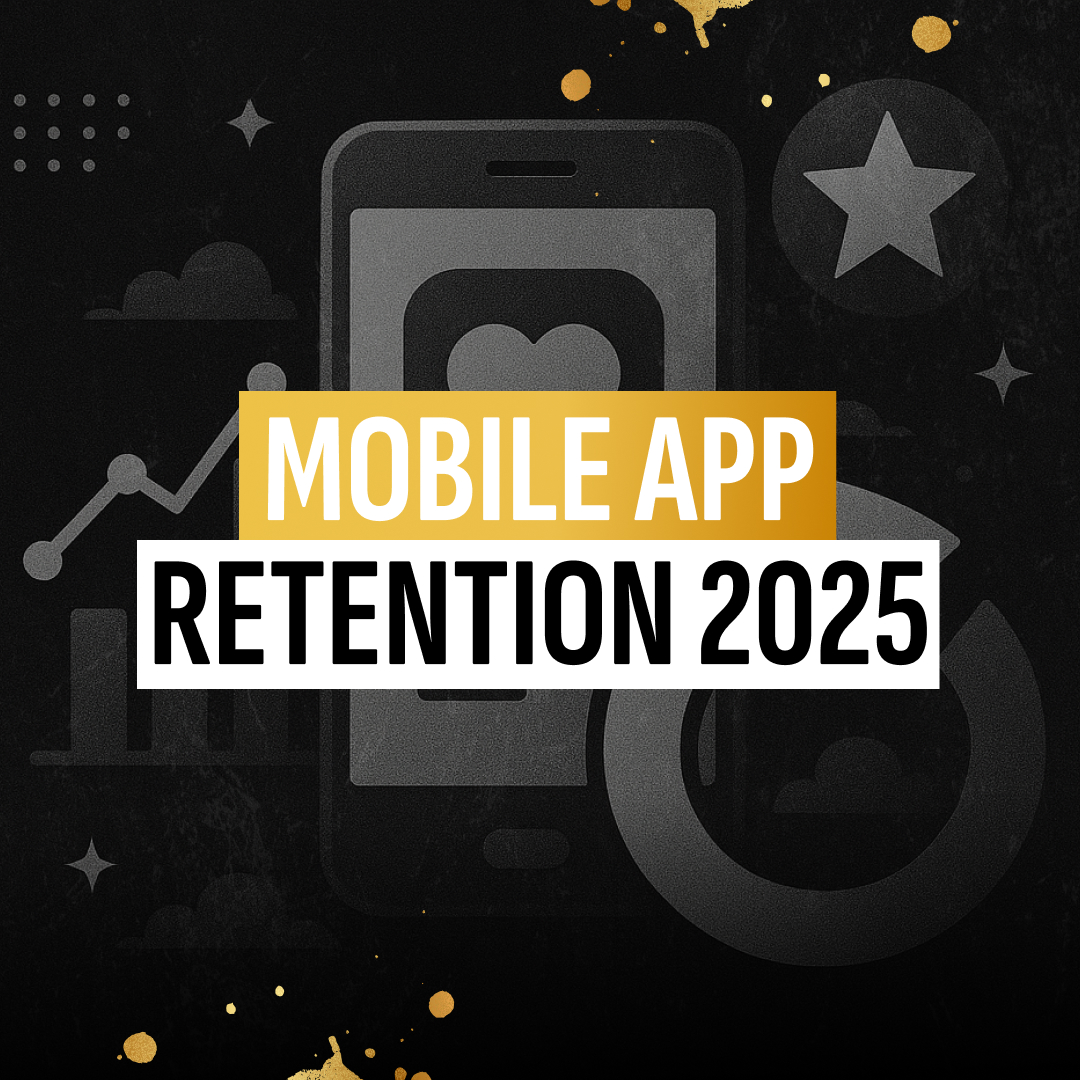In iGaming user acquisition, the first impression doesn’t start after the click, it starts before it. As acquisition costs increase and attention spans narrow, brands can no longer rely on a static creative and a direct-to-store path. Real performance now depends on how well the ad engages before the install.
Preload ad formats (playables, gamified teasers, mini-tests) are becoming essential in the iGaming growth stack. They reduce bounce rates, filter low-intent traffic, and improve install quality by qualifying users earlier in the funnel.
At RockApp, we’ve tested preload logic across thousands of campaigns. In this article, we break down what works, when it works, and how to use pre-click engagement to drive not just more installs, but better ones.
Why Preload Matters in iGaming
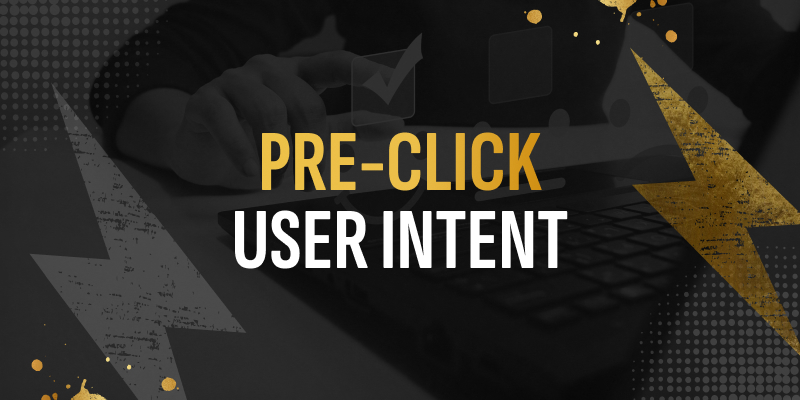
Most iGaming products are interactive by nature: spinning reels, decisions, missions, wins. Static banners or passive video fail to reflect this. Preload ads simulate game dynamics before the user commits. This builds familiarity, triggers interaction, and sets expectations before install.
Strong preloads create three advantages:
- Better click intent: The user understands the game flow and is more likely to stay post-install.
- Lower bounce rate: Fewer drop-offs between store and open.
- Higher quality traffic: Pre-qualified users engage deeper and retain longer.
In our own campaigns, creatives that use preload engagement outperform standard banners and video by 25–60% on Day 1 retention.
Preload Formats That Perform
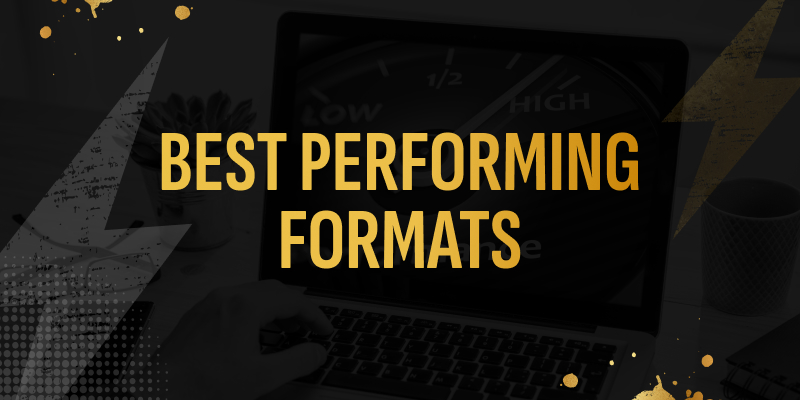
Each iGaming vertical benefits from specific preload ad formats. Below - the best-performing structures, tested across casino, sports betting, and hybrid gaming apps.
Playable Ads
These simulate real in-game actions. For casino: spinning, matching symbols, collecting coins. For sports: picking outcomes or predicting scores.
Best used for:
- Slots, crash games, match-3 mechanics
- Gamified onboarding previews
What we test:
- Tap-to-win vs. auto-demo
- CTA position and timing
- Exit logic (end screen impact)
Spin-to-Win / Scratch-to-Reveal
These work well when paired with bonuses. Simple interaction, instant feedback, and a clear reward path.
Best used for:
- First-time deposit offers
- Soft incentives (e.g. free spins)
What we test:
- Color contrast and motion
- Delay before reveal
- Conversion from interaction to install
Personality Quizzes or Choice Games
Questions like “What slot type suits you?” or “Pick your lucky number” lead to a themed offer and store redirect.
Best used for:
- Broad awareness campaigns
- Matching audience type to vertical (e.g. live casino vs crash games)
What we test:
- Number of steps
- Thematic consistency with store page
- Drop-off after last question
Preload Mechanics in the Funnel
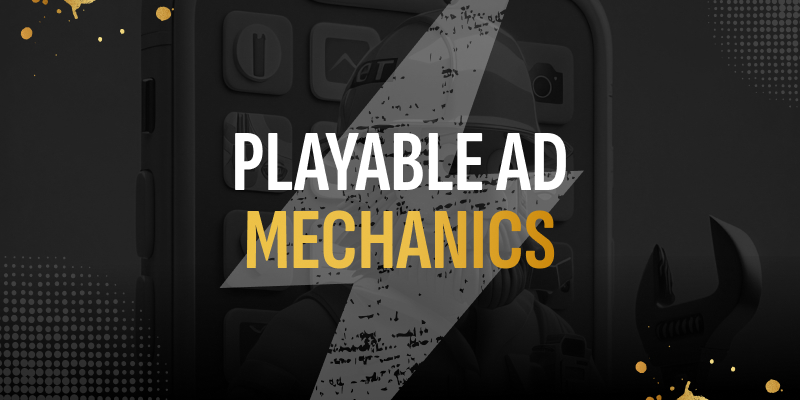
We use preload formats in two distinct stages:
- Cold Traffic Acquisition: Focused on education + filtering
- Retargeting & CRM: Reactivation flows with game-like logic (e.g. “Spin again” or “Reveal your daily prize”)
In both cases, performance improves when preload mirrors the actual product experience. A slot game ad should spin. A card game should show cards. The closer the simulation, the higher the post-install match and retention.
Creative Strategy for Preload
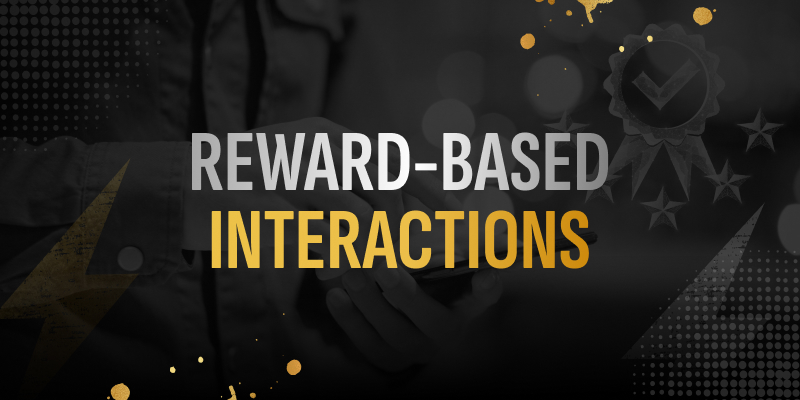
Strong preload creative is:
- Short: Under 15 seconds to core interaction
- Familiar: Uses visual language from the app itself
- Reward-linked: Every interaction should signal outcome or benefit
What we avoid:
- Abstract animations with no connection to gameplay
- Preloads that overpromise features unavailable in-app
- Forced interactions without payoff
Each creative concept at RockApp runs through a testing loop: design → behavior tracking → scoring → optimization. The preload layer sits at the top of this system, driving qualified users into performance funnels.
Conclusion

Preload is no longer optional in competitive iGaming acquisition. It’s a filter, a simulator, and a conversion engine all in one. Brands that treat it as a strategic layer, not a creative add-on, consistently win better users at better cost.
At RockApp, we engineer preload systems that reflect gameplay, qualify users early, and connect creative to downstream KPIs. It’s not about clicks. It’s about matching the right user to the right product before the install even happens.




